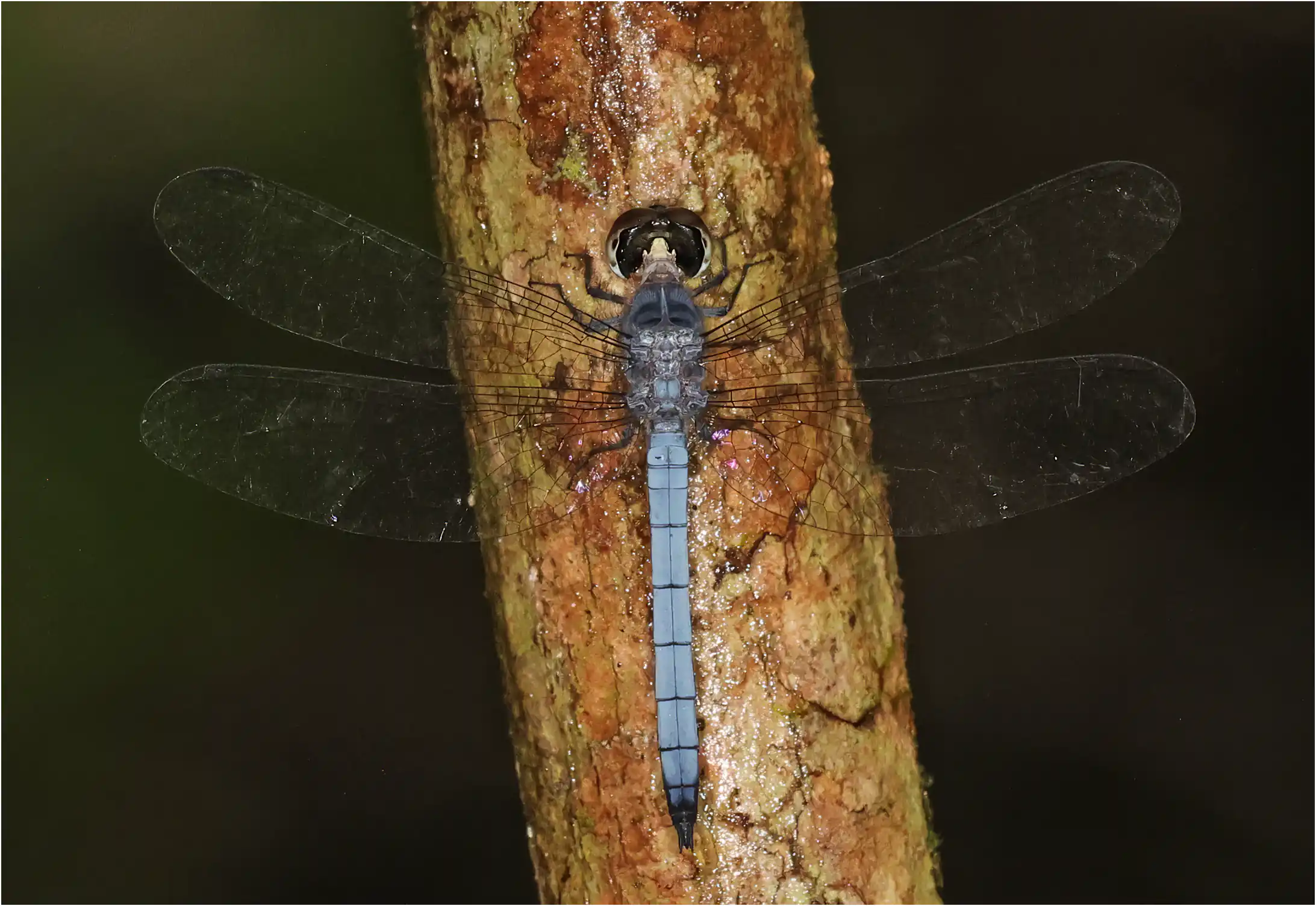
Tyriobapta kuekenthali male, Libellulidae, is part of a genus that includes three species, all found in western Sarawak. But this species is distinguished from the others, which are very similar in thoracic pattern and overall coloration, by the total absence of wing coloration. Indeed, Tyriobapta torrida shows a strong dark and beautifully iridescent wing patch, while T. laidlawi, which I have never encountered, shows only a very weak one.
These 3 species have in common that they are treehuggers , they often land vertically by « embracing » the trunks, but the name Treehugger is normally reserved for Tyriobapta torrida.
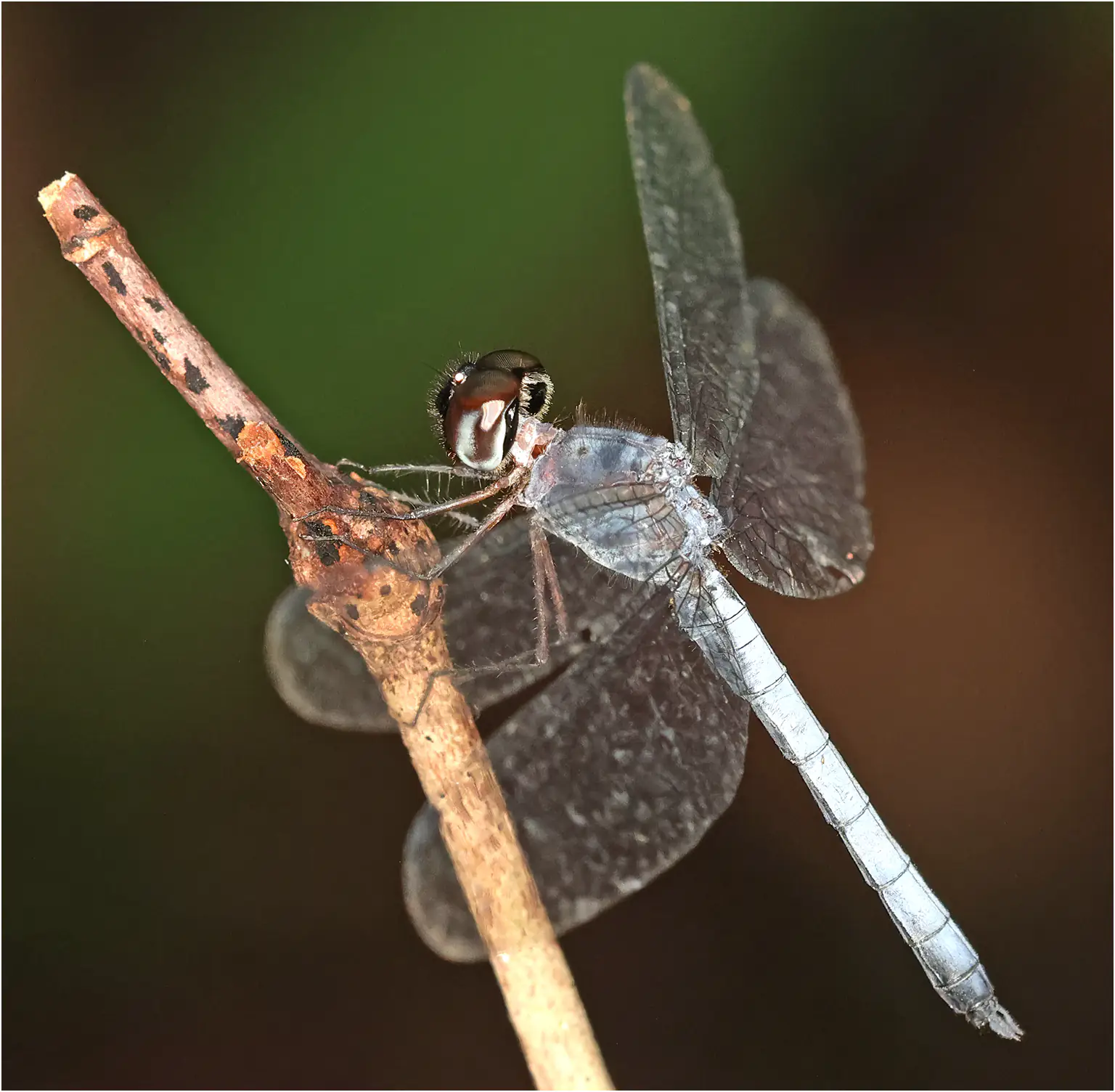
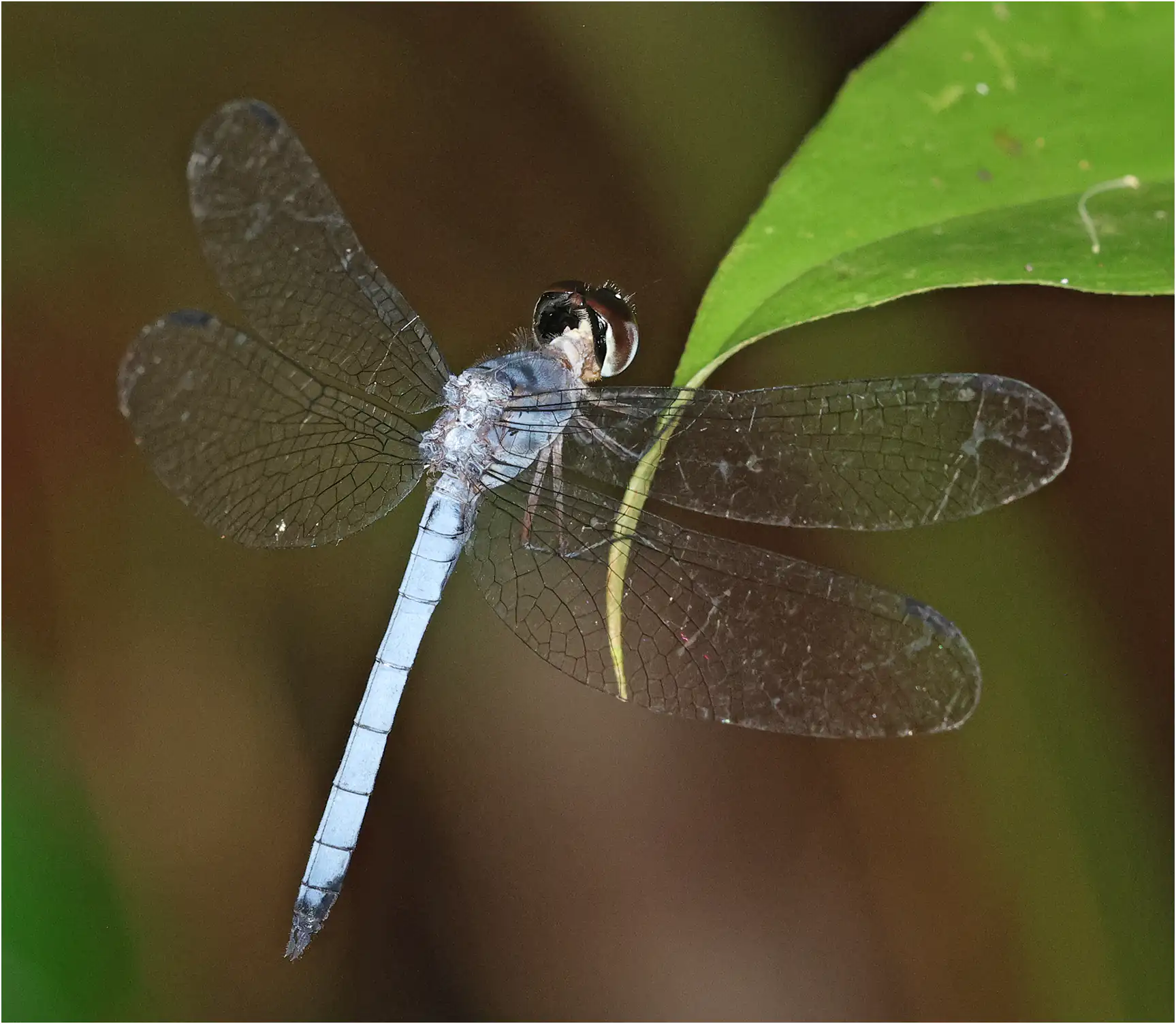
I have not been able to find Karsch’s description, the document (1) does not seem to be accessible on the Web.
On the other hand, in Dow & Orr, 2022 (2), we find photos of the anal appendages and genitalia of Tyriobapta kuekenthali male, but no description giving the size of the insect either. On the Jungle Dragon
site , we read that the hindwing would measure up to 27 mm; the problem is that the reference given is Orr, 2005, and we know since Dow & Orr, 2022 that AG Orr confused T. laidlawi and T. kuekenthali. For me, the size is roughly equivalent to that of T. torrida, or about a little over 30 mm.
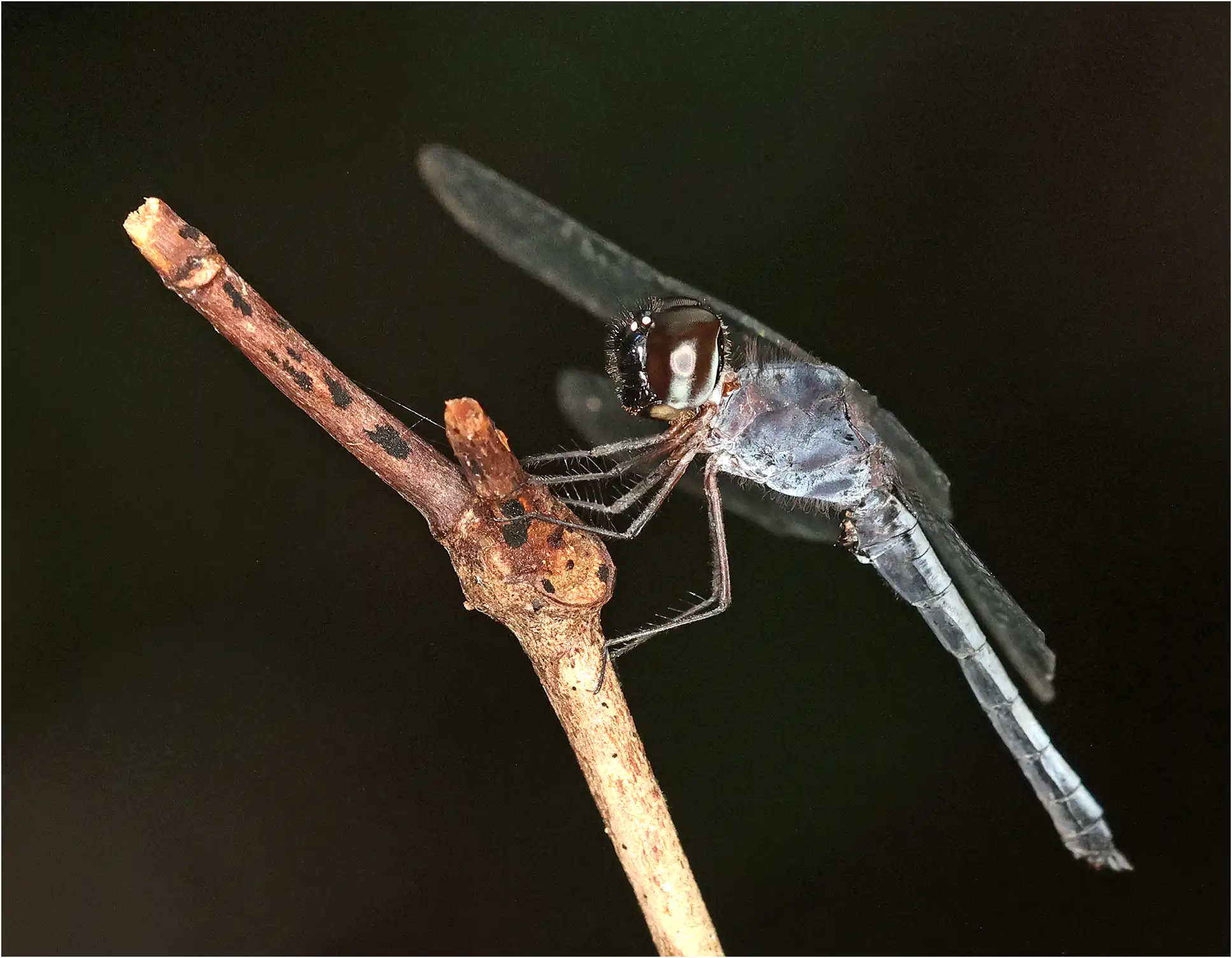
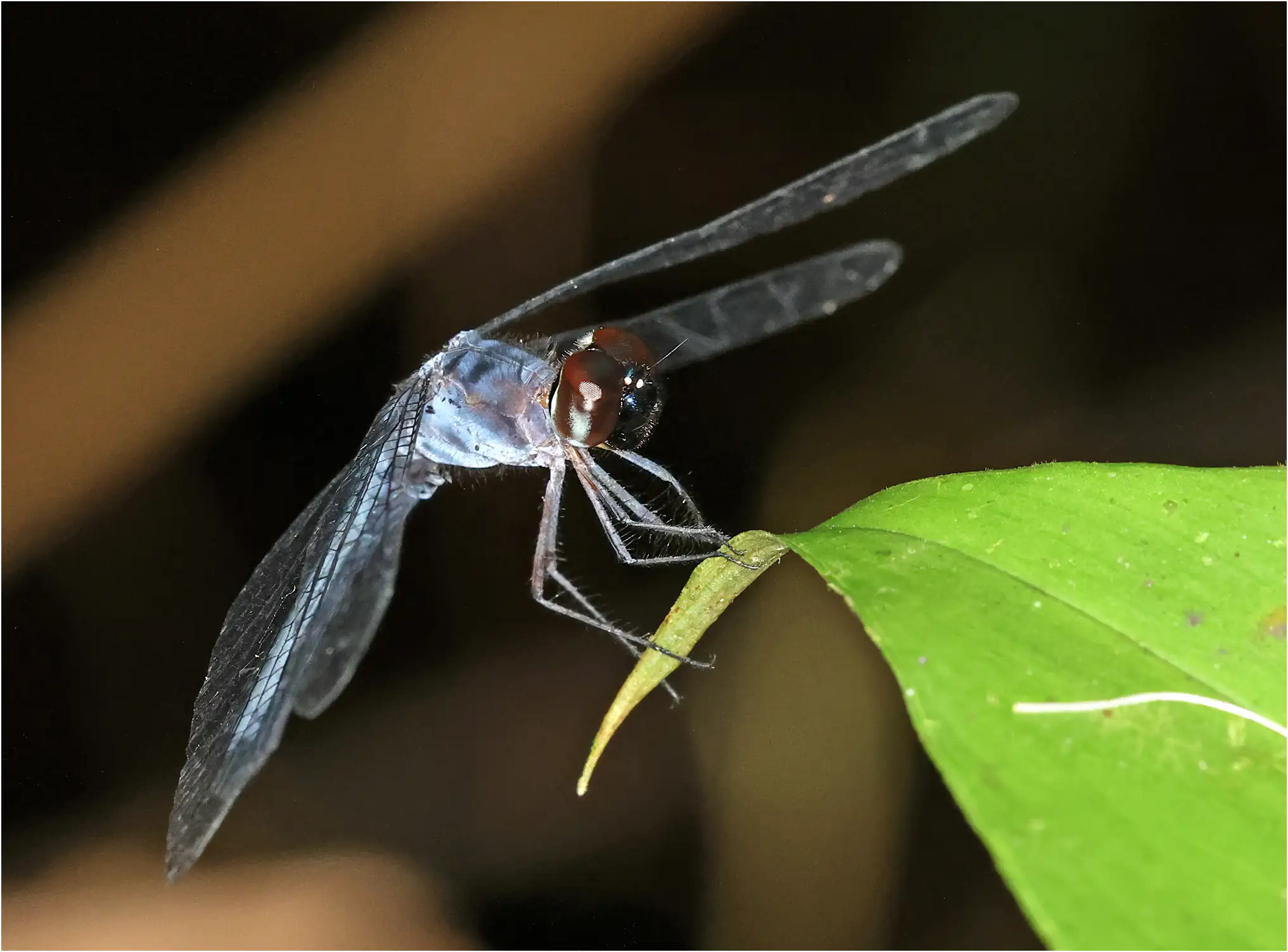
It thrives in low pH environments, and therefore mainly in swampy peatlands in forests.
It is found, according to Dow & Orr, 2022 (2), in the south of the Malay Peninsula, but it is absent from Singapore, on the islands of Sumatra and Belitung, and it is widely distributed in Borneo.
IUCN Red List
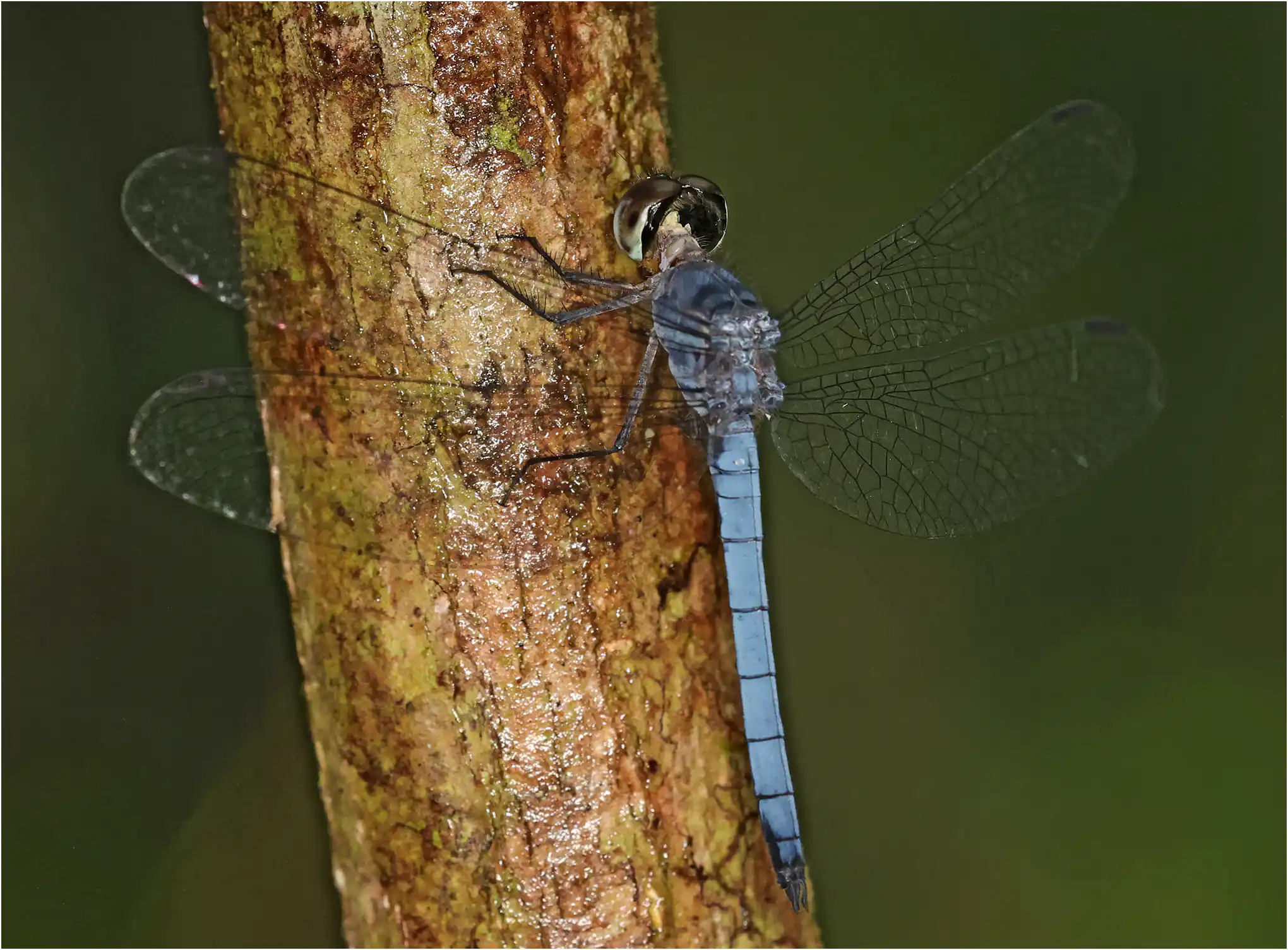
Etymology
Tyriobapta (3); Kirby created this genus name for the species torrida from the Latin adjective tyrius which means relating to the city of Tyre (Phoenicia), a city renowned for its purple and from the Greek baptos which means to dye , to immerse . This of course refers, by association, to the wing coloration.
Kuekenthali; described by Karsch under the name Kükenthali is a tribute to the German zoologist Willy Kükenthal: moreover, he had published this species in Kükenthal , Abh. Senckenbergs., 25 (1), 224. I must say that not having found the original description, the information I discover is diverse… I suppose that the change of name and the removal of the umlaut is due to a concern for standardization which prohibits the presence of accented characters in the binomial system.
In Malay, it is called Penyiring Dakap Jarang.
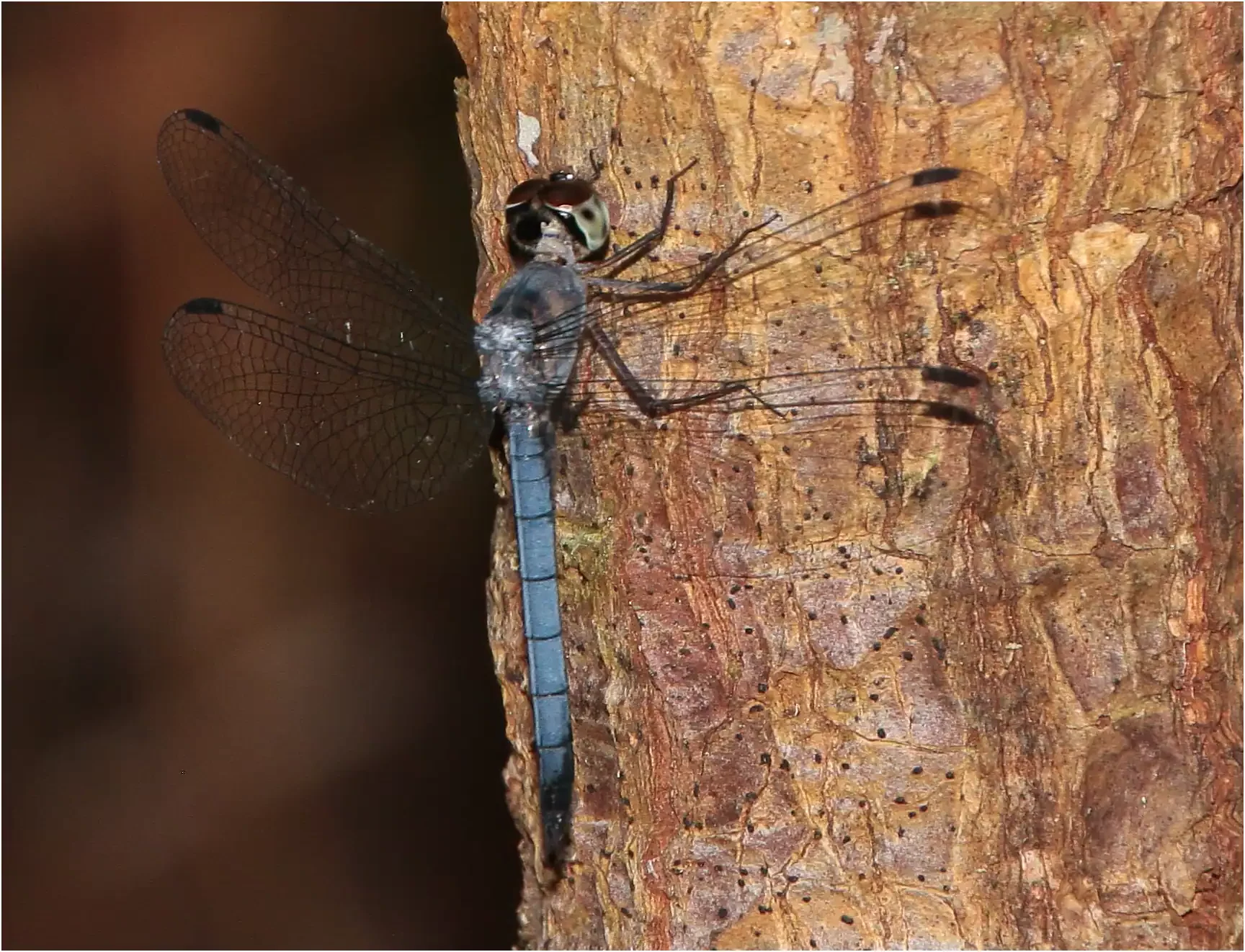
1- Karsch F. 1900. Ergebnisse einer zoo-logischen Forschungsreise in den Mo-lukken und Borneo. Zweiter Teil: Wis-senschaftliche Reiseergebnisse. Band III. Odonaten. Abhandlungen der Senckenbergischen Naturforschenden Gesellschaft 25: 211-230
2- Dow & Orr, 2022 – On the identity of two species of Tyriobapta (Odonata: Libellulidae) from Sundaland – January 2022Notulae odonatologicae 9(7)
3- Heinrich Fliedner, 2021 – The scientific names of Ris’ odonate taxa – Journal of the International Dragonfly Fund